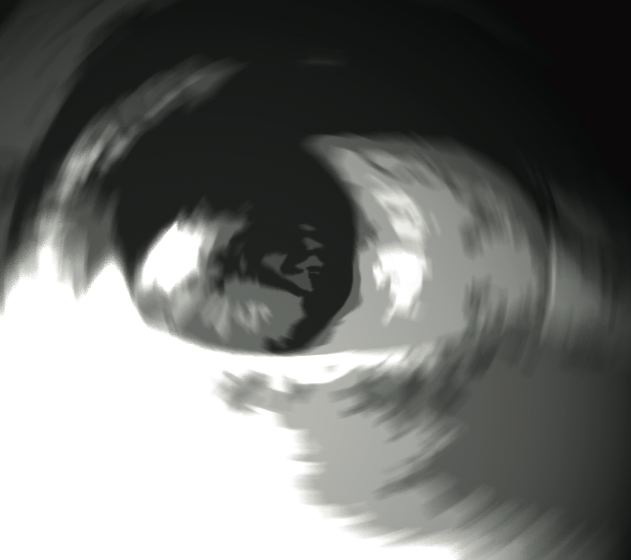"The tree which moves some to tears of joy is in the eyes of others only a
green thing that stands in the way. Some see Nature all ridicule and
deformity, and some scarce see Nature at all. But to the eyes of the
man of imagination, Nature is Imagination itself."
William Blake














Each tree is a miracle, more so in the desert. Or that’s what I know. In Ica though, like in so many other cities, towns and villages of the arid Peruvian coast, it seems that trees are the mortal enemies of humans. Apart from the business with charcoal, like in the specific case of the
Huarango (
prosopis pallida), there exists an absurd, incomprehensible and insane tradition of mistreating trees. Twice a year the municipalities send their troops, in green uniforms, armed with machetes, axes and chainsaws –they are the workers of the Parks and Gardens Area– to carry out what they call “pruning”. But what they actually do is to massacre the trees. They do it with such ferocity that it leaves me each time puzzled. They chop and chop and chop. Chop, chop, chop. Cut, cut, cut. They mutilate and sever every branch that comes into their way. What’s left is a sad trunk with a pair of stumps. They take away what makes a tree be a tree: the canopy. They don’t leave a branch where a bird can rest, lets not say nest, or that could cast a shadow.




Thanks though to the moderate climate they almost always re-sprout)
I have tried to understand this madness, this insanity. Where does it comes from? I think it comes from a false idea of civilization which holds “civilization” for that which is imposed on nature, that which controls, suffocates and squashes whatever grows and behaves itself naturally. I am sure that the Catholic Church, with its obsolete picture of man as the “crown of creation” (thus any other creature is inferior and has to be subjugated), has much responsibility in this.
But lets come back to the Huarango, this unique tree of the southern coast of Peru. The Huarango represents the habitat of an incredible biodiversity. It is designed to survive a thousand, maybe two thousand years and to catch the fog with its branches and create an extraordinary microclimate, as well as to enrich the soil with fertile sheets of humus of the tiny fallen leafs. And, last but not least, it provides shade, fodder, firewood and a highly nutritious fruit, a pod that turns golden yellow when ripe.
Many thousend years ago the now a days hyper arid pampas between Nasca and Ica were covered with Huarango forests. There are evidences that some pre-Columbian cultures deforested whole valleys. In the Colonial time the whine and Pisco culture practically crushed the Huarango culture with indiscriminate cutting. And in the XIX century, with the building of a railroad from Ica to the port of Pisco, the forests of the Pampa de Pisco were thouroghly cutted. These are only some of the most well known events. The numbers of the most recent history speak for themselves. Thirty years ago there were still fifty thousand hectares of Huarango forest, today there are less than a thousand. That is, nowadays, together with the cutting for charcoal burning and the unlimited expansion of the agricultural industry, climate change with increasing temperature and humidity has spread a series of plagues never seen before. Huarangos die faster than they can cut them. This is specially the case in the Nasca region. One would say, a dead forest is something very sad. Though these dead trees are still of an outstanding beauty. They still give shade and sustain to the soil and give life to so many species, like the woodpecker, for example. I could see it with my own eyes during the last three weeks (and in many other opportunities) when filming for a
project of conservation, reforestation and restoration of habitat, financed by Darwin Initiative and granted by Royal Botanic Gardens Kew, of London. It seems that the SOS shout has finally reached the ears of Regional Government, whose authorities show decisiveness in totally forbidding the cutting of these emblematic tree. Let’s see if it’s true. I feel tempted to tell them to include the trees that died standing up.
























































